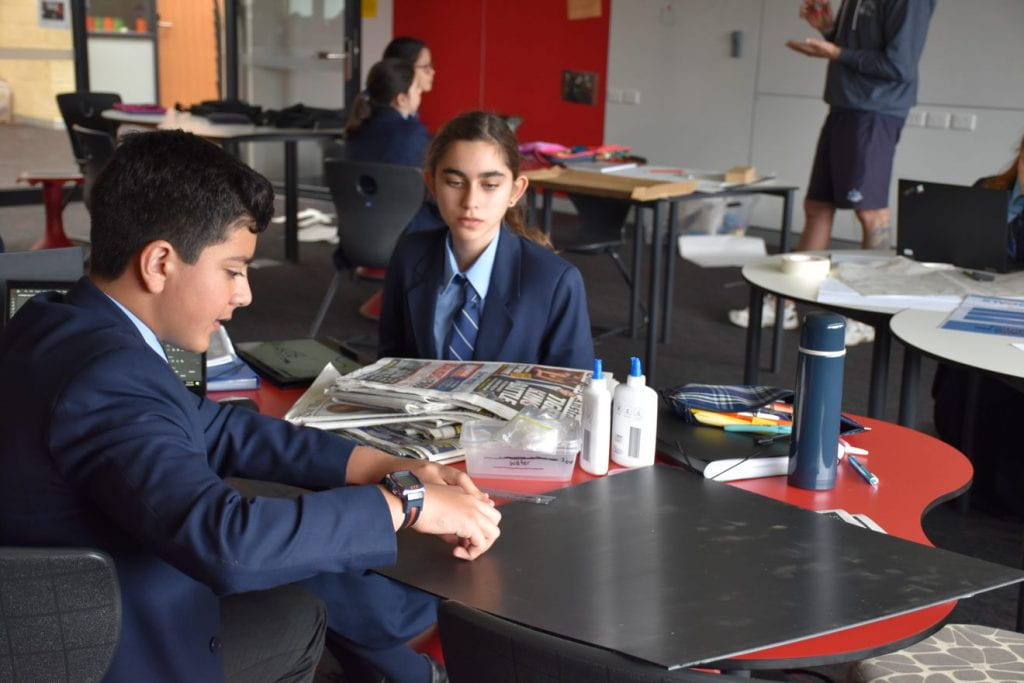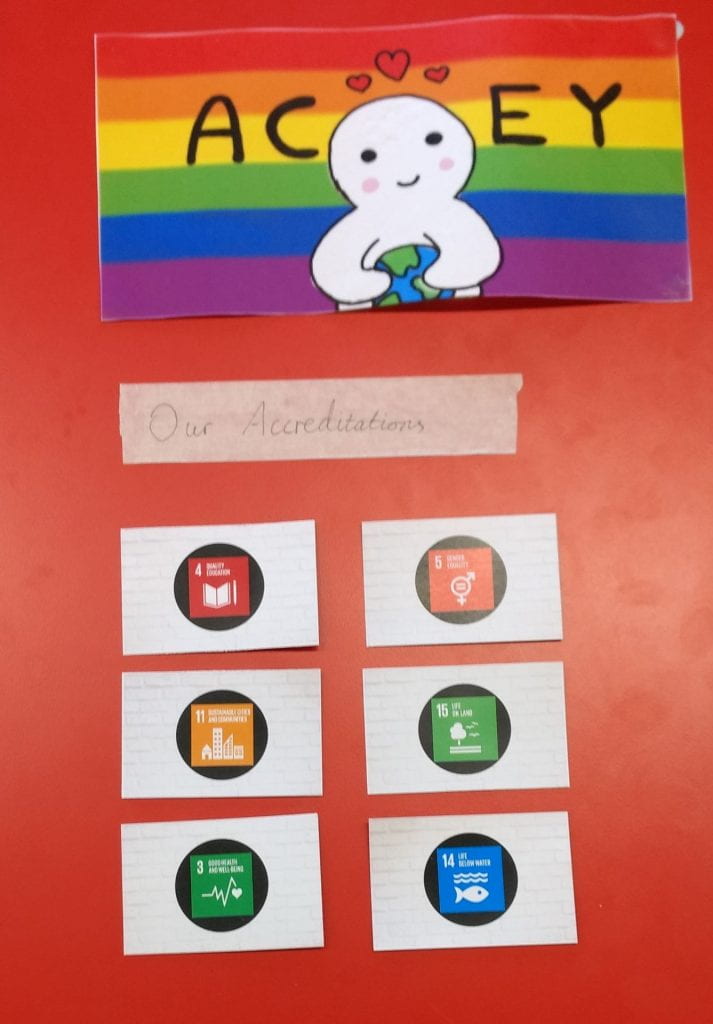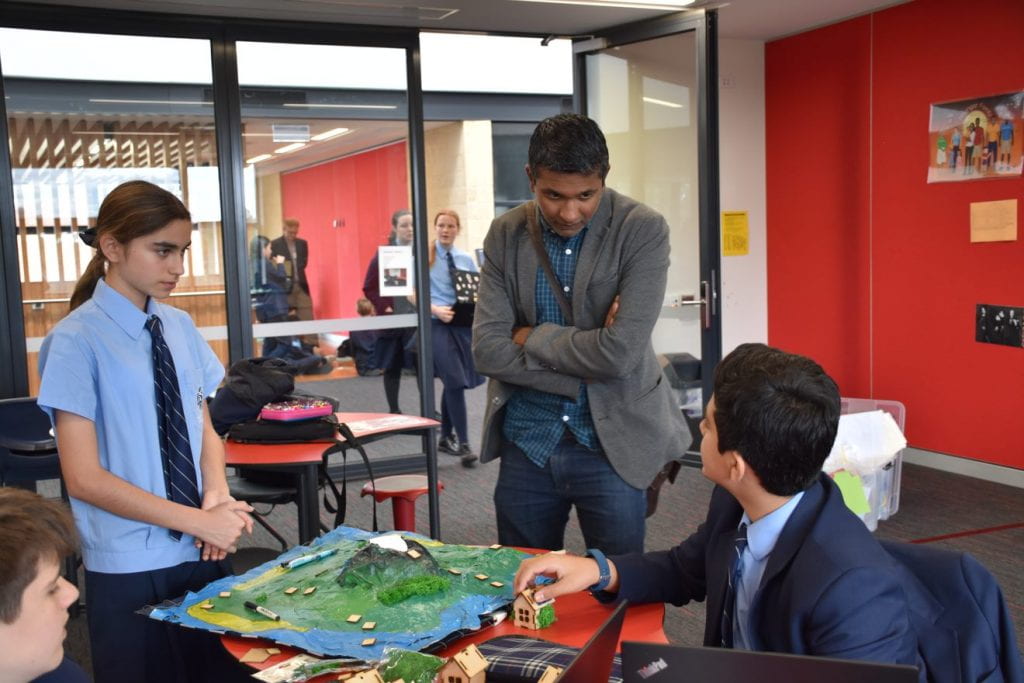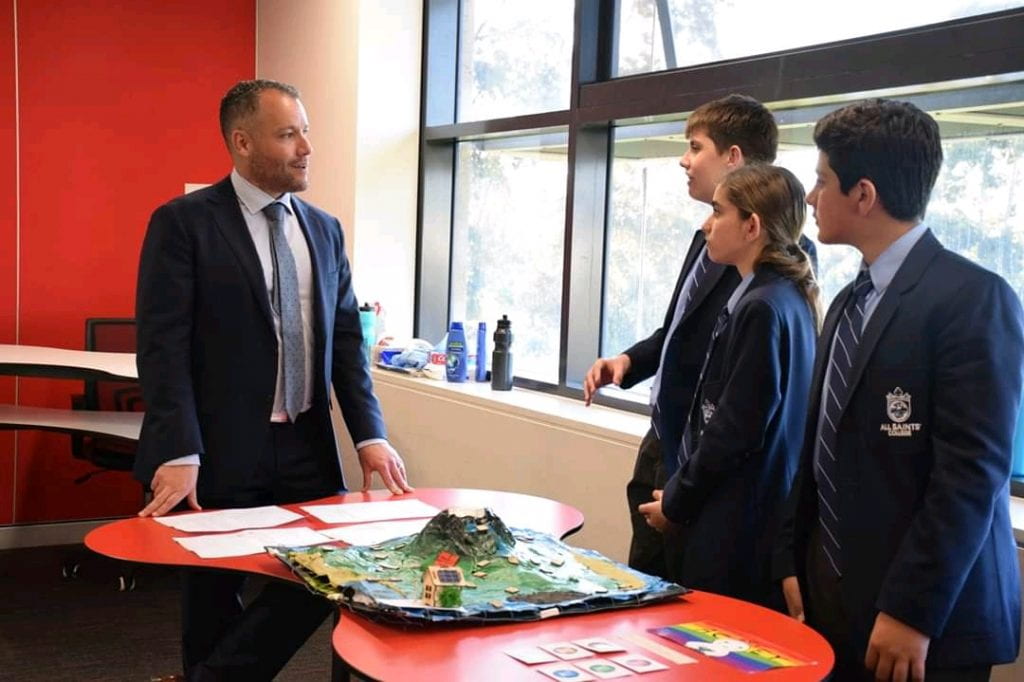Introduction

A Big Question that goes around in the world is “What is a Perfect Society”. In Term 2 when we read the book ‘The Giver’ in the subject English, it showed a perfect society where everyone was same, a “Utopia”, so we got picked out into groups for creating our perfect community, as you can see in Figure 1, which involves different units including InnovatED, Humanities, English, Connected Learning, Digital ICT, and Science in order to address the different aspects of life.
Our Utopia

With My group, Grace Simons, Ridley Babich, we decided to base our Utopia off two islands in Hawaii: Honolulu and Maui, as we found lots of potential in these islands while there were many issues about economic and Humanity in this area. our idea for addressing these issues were very helpful, demonstrated by earning six accreditations, aligned with UN Global Goals, in InnovatED including “Quality Education”, “Life Below Water”, “Sustainable Cities and Communities”, “Good Health and Wellbeing”, “Life On Land” and “Gender Equality”, as seen in Figure 2. We went in-depth about each issue on the island for which we have received the corresponding accreditation. Four major accreditations are as follows.
“Quality Education”
As of our investigation, we understood how important it is for the community to have a high standard education. Also, we learnt that it would be a base to a sustainable life of being physically, emotionally and financially healthy and stable. This would help our society with more open minds to make positive and successful changes for the community. That is why we approached with the Finnish education system as it gives more freedom to the students and will enable them to control their own learning.
“Life Below Water”
We learnt a lot about how critically this community on these islands and over three billion people around the world depend on marine for their livelihoods. Therefore, we proposed several Marine Safe Centres around the island to keep that area of the ocean safe and to reduce toxic pollutants that could remain from human activities. Further, such centres give space for scientists to study and explore undersea life.
“Good Health and Wellbeing”
Good Health and Wellbeing is vital for a person’s physical and emotional life, so we have recommended health insurance, which is free of charge for everyone on this island because many people cannot afford it. In our research, we found a new life-saving technology, Ultraviolet Disinfection Robots (UVD). It has been designed to disinfect areas from little houses to airports and is highly effective against all bacteria and viruses, including COVID-19.
“Sustainable Cities and Communities”
The Base of our Island was from Honolulu and Maui, so we used Maui’s Extinct Volcano. Based on our plan, many remaining minerals from this volcano is proposed to be utilized for the farmlands to increase the crop growth rate. This innovative solution will improve the society’s economy and create more local jobs. We added bamboo structuring within our houses as Maui has a large amount of bamboo. The use of bamboo will enhance energy efficiency while they are a sustainable solution because regrow every five years. Another important feature we added was a Hydro Power Generator on the lake, located on top of the volcano because it was flowing down which makes it a perfect position to generate energy. Also, we used other energy sources as well, like Wave energy since we’re on an island and surrounded by water. We implemented Geothermal energy on top of the volcano to use the snow to generate cold water and air for the community. Moreover, we illustrated the use of Solar and Wind Energy because there are lots of sources of wind and solar radiation.
Model Building

In the building, we used paper mache and paint and the end result of our model was great as it looked like an island. The Model Building was one of my favourite parts of the Utopia Project because it was fun putting all the parts of the island together, as we had some experience building in science with the sustainable houses. We were very organised in the process and we had not gotten a chance to use things like paper mache in previous projects. We made our laser cuts of squares and a house, to indicate the areas all on time from our knowledge from Connected Learning. Also adding some smart connections to how liveable it could be, so we had added only eco-friendly and sustainable power plants and placed them away from or residential area. I learnt a lot about the island Maui as we implemented their Extinct Volcano on our island which is one of the ideas Chandra Sundareswaran, one of the visitors as you can see in Figure 3, helped us with. Also, we experienced how it is like to make a sustainable community, and we had some innovative ideas for the future. On our Island, we tried to keep as much green land as possible as one of our accreditations were Life On Land, and from this UN Global Goal, I learnt lots of facts about how much Humans are hurting animal habitats, even though around 1.6 million people depend on forests for their livelihoods.
Presentation

My group was very organized and cooperated well, as we had planned out what each would communicate and met up weekly to practice and discuss some hard questions that might come up. The interaction with the visitors gave us this opportunity to understand the interests of our ASC community and the Government representatives from the Fremantle City Council, as you can see in Figure 4. Some questions we were asked was “What type of energy sources did you use?” or “What were your transportation forms?”, as we had used natural roads. But one challenging question that was made hard for us to convince the visitors was “Why did you choose a communist government?”. Communism had been put down a bit by some countries but we researched and discussed this government in Humanities, and we came up with a conclusion that communism is a great choice for this case of having a low population and a coherent society. For example, Cuba has been a communist country for several years and has become a happy thriving nation with a population of only eleven million.
Conclusion and Lesson Learned
Project Utopia was a group-based task to devise a ‘perfect society’. Although many people look at it with different visions, we addressed UN Global Goals to form our own utopia. I believe I was very organized throughout the Project Utopia. At the Showcase, we really got involved with the visitors and parents with quite effective and engaging communication.
We learned different aspects of sustainability and liveability, also teamwork and about the UN Global Goals. I liked how we could really think deeply about what our Utopia and our dream society would be. The first week was challenging for our group because there was a lot of work and ideas that were discussed. However, we started to write down the plan to our project and began to break it down into manageable tasks. Then based on the plan, each group member stuck to their responsibilities while we were collaborating well. I feel next we can improve on timing our presentation and going more in-depth with our constitution. Although it was quite challenging to get our model, constitution and speech done on time, in the end on Showcase Night, it was truly relishing to finally show everyone our hard work. I was proud of what we accomplished and what we learned.